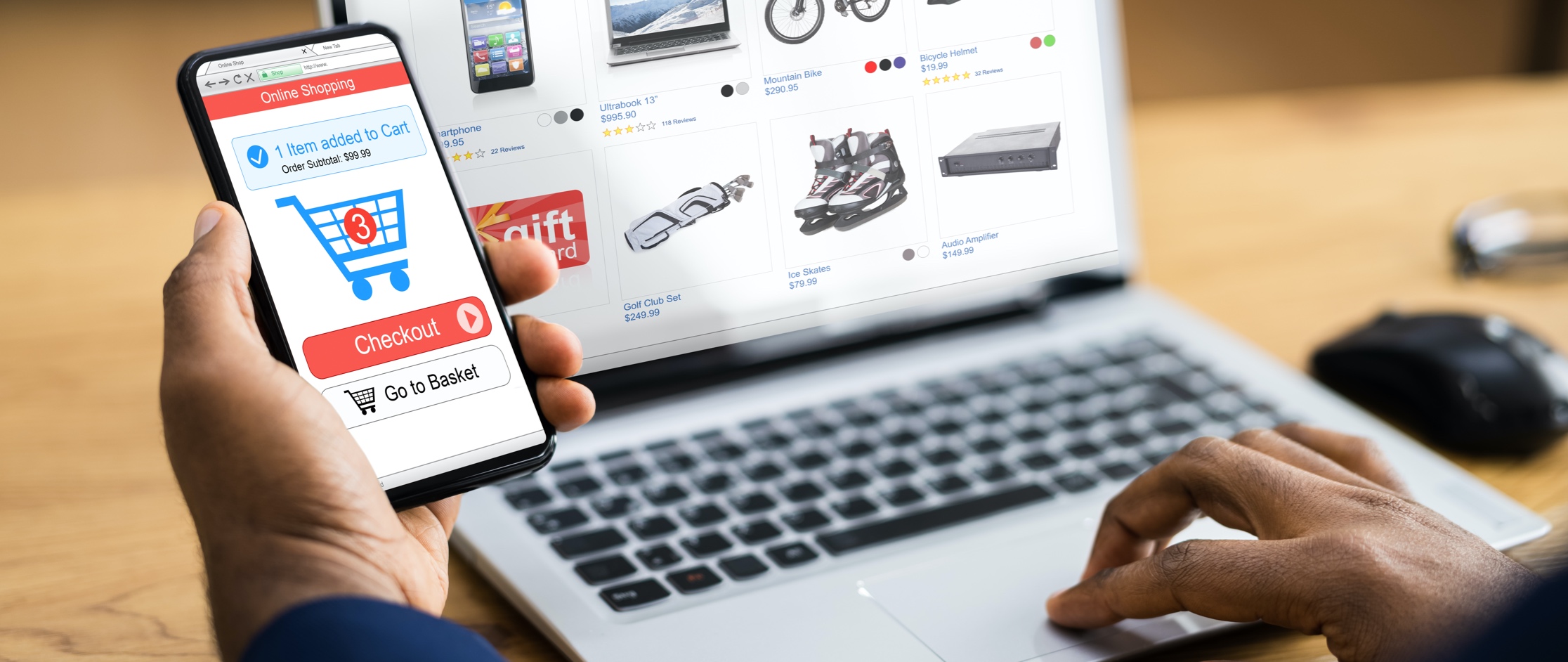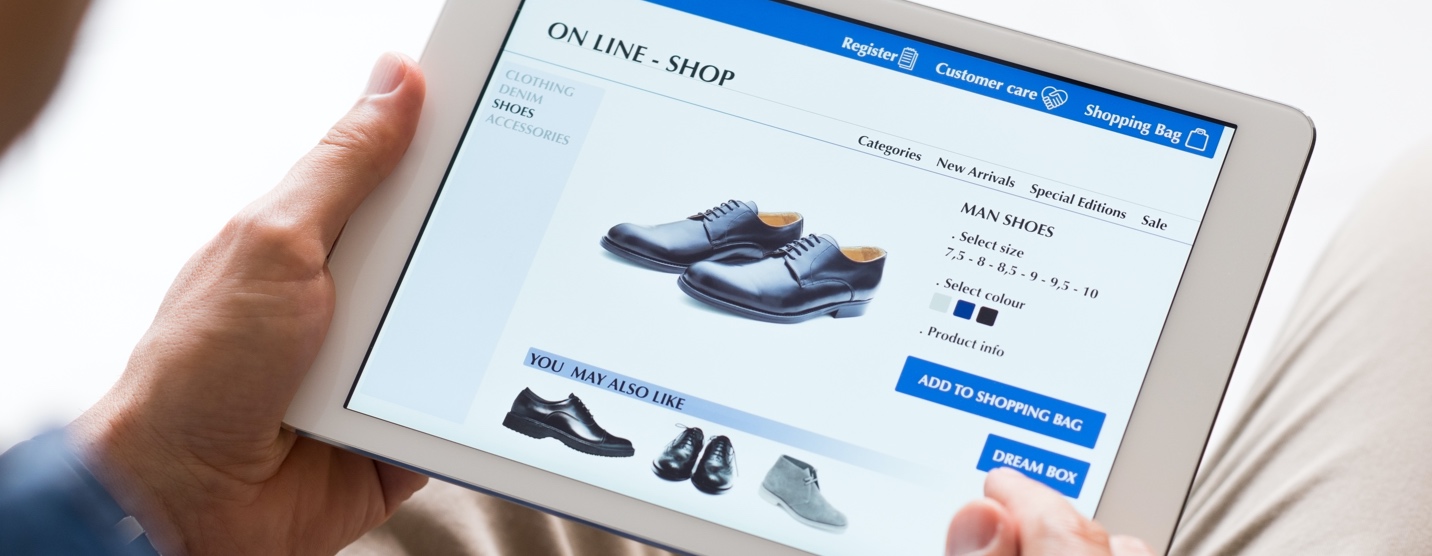OPTIMIZATION
How To Reduce Your Abandon Cart Rate
OPTIMIZATION
How To Reduce Your Abandon Cart Rate


Who among us hasn’t felt the frustration of driving through an impromptu slalom course made up of abandoned shopping carts in the supermarket parking lot? Well, as annoying as those obstacles are, there’s another kind of abandoned cart that’s even more problematic, particularly for retailers.

Tips To Improve Your Cart Abandonment Rate
In an effort to help reduce the abandoned cart rate on your website and, thereby, increase your revenue, here are a few helpful tips:
1. Easy Access
While it’s intended to be used for shopping on your website, many of your customers, and online shoppers, in general, use their shopping carts in other ways. Some use it as a “wish list.” Others, as a place to hold their items while they wait for them to go on sale. Some folks even use it to create a list for in-store shopping. Since they do use their carts in multiple ways, you’ll want to make sure that their cart is easily accessible from all pages of your site and easily visible from the global top navigation bar.
2. Cart Design
After people browse and return to their cart, they may not fully remember everything they added. We suggest listing each item with its photo, brand name, item name, original price, and discounted price if applicable. As with most website designs, it’s about creating a short checkout process by reducing unnecessary steps. A clean, simple one-page checkout is what you want to shoot for.

3. Transparent Policies
It should be easy to access return and refund policies in the cart area, even if it’s just through a link to the policy page. Customers typically just want to know the basics: How many days do they have to return an item and how will that return payment be issued? Make sure that’s written very clearly and succinctly.
4. Delivery Options
Clearly place the estimated delivery date and shipping costs for all items in the cart and before check out. Customers tend to shop around based on delivery dates and shipping costs, so try to compete in this area. If you don’t offer 2-day turnarounds and free shipping, like many big-box retailers do, be upfront with your customers about that so they can determine next steps for themselves. Maybe give them the option of choosing free shipping with a longer delivery time or to pay for shipping for a shorter delivery window.
5. Competitive Offers
If your customers are like most, you should expect them to put items in their cart, and then open a new browser tab to see if they can find the same item from a competitor for less money. While you might not be able to match a competitor’s price, you need to make sure that your prices are definitely in the competitive ballpark.

6. Marketing Distractions
When a customer gets to the checkout stage you want them focused on one thing: checking out. Get rid of any marketing messaging that might distract them from the task at hand, such as free gifts or shining a spotlight on other items. Related or suggested items are a smart move to include in earlier parts of the consumer journey, but not here.

9. Secure Checkout
Now that so many facets of our lives are entrenched in the online world, customers are growing increasingly wary of fraud. This is why it’s so important to stress to your customers that your website — and their personal information — is safe and secure. This is especially true for brands that customers may not have heard about before or are not local to their market. Adding an SSL certificate is a simple and smart idea, and can be obtained easily through third-party providers, such as Norton, Verisign, or Cloudflare.
10. Account Creation
Have you ever had to create an account in order to check out? Annoying, isn’t it. This is why you should always include a guest checkout option. If desired, you can offer a quick account creation option after the purchase is complete by asking the customer if they’d like to provide a password so the information they just entered can be used for future purchases.
11. Site Speed
Generally speaking, site speed matters throughout the entire customer journey. However, it can be particularly critical during the checkout stage. The longer it takes for the purchase to be completed, the greater the risk of a frustrated customer abandoning the purchase altogether. If your site is slow or your eCommerce platform is outdated, it may be time to consider migrating to a headless eCommerce system.
“Make your product easier to buy than your competition, or you will find your customers buying from them, not you.”
Mark Cuban
ENTREPRENEUR
Take Care of Your Carts
Every element of an eCommerce website is designed with one thing in mind: completing a purchase, and your cart/checkout process is a key component of making that purchase happen. By following the above tips you’ll not only reduce your cart abandonment rate, but you’ll increase the chance that when your customer is ready to make another purchase, they’ll come knocking on your digital door first, and not a competitor’s.
Want even more educational content?
Subscribe below to get timely content delivered to your inbox,
or fill out the form below to speak to a Peakster about your next project.

DIGITAL MARKETING
Top 10 Photos of Developers Staring At Screens

DIGITAL STRATEGY
5 Ways Retailers Can Make Influencer Marketing More Influential

ECOMMERCE